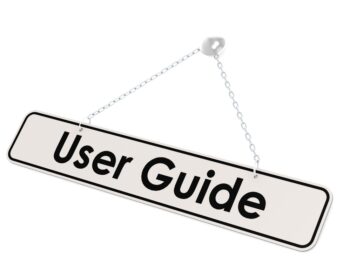Negotiations
The effective adjuster has developed the talent, through practice and experience, to negotiate the claim by emphasizing the strengths of his/her case. Prior to starting the settlement negotiations, the adjuster outlines in the Action Plan the strengths and weaknesses of the claim, obtains settlement authority, and develops a strategy to stress the reasons the claim should be settled for the amount the adjuster recommends.
As part of any negotiation, the adjuster should establish a settlement range for the claim based upon the strengths and weaknesses. The initial offer starts at the bottom of the settlement range and is not increased until the employee or the employee’s attorney has made a counter offer.
The adjuster negotiates in increments with counter offers until an agreement is reached within the settlement range. The adjuster never increases the offer upward more than the employee’s counter offer has decreased. If the adjuster sees the claim is not going to settle within the settlement range established, the adjuster should cease negotiating; advising the employee or the attorney their demand is outside the justifiable settlement range and no further offers will be made until a more reasonable settlement demand is made.
Click Link to Access Free PDF Download
“8 ‘Think Outside the Box’ Tactics to Settle Workers’ Comp Claims”
Waivers and Releases
Each state has its own forms or documents to be executed when the claim is concluded. The adjuster should settle all aspects of the claim — current indemnity benefits, future indemnity benefits, current medical benefits, and future medical — to prevent future financial exposure to your company. This requirement should be specifically stated in your account handling instructions.
The method to close out future benefits is different in each state. For example, in California the employee must execute a Compromise and Release (C&R) to receive a lump sum for the payment of future medical expense and close out the exposure for the future medical care. The C&R must be approved by a workers’ compensation judge.
If the employee will not be returning to work, the settlement release in addition to the standard language of “to be a complete, entire and final release and waiver of any and all rights to any and all past, present and future benefits” should also include language stating the separation from employment is voluntary.
Also, all other civil actions outside the realm of workers’ compensation the employee might consider should be included. If the above California C&R was for an employee who filed a psych injury claim for sexual harassment, and the Release is not modified to include the civil matter of sexual harassment, the employee would be free to bring a sexual harassment lawsuit against your company even though you have paid and settled the work comp claim with the C&R.
Due to the complexity of making sure all financial exposures to your company are resolved at the time of settlement, it is recommended you have your in-house counsel prepare the Waivers and/or Releases in any complex or high value claim.
In those states mandating a particular release agreement form, be sure the adjuster utilizes the state mandated form. In the states not mandating a particular release format, a Workers’ Compensation Release should be obtained.
If there is any possibility of the employee attempting to circumvent the workers’ compensation settlement with an age discrimination claim, sex discrimination claim, Americans with Disabilities Act claim or other type of claim against the employer, a General Release should also be obtained from the employee in conjunction with the Workers’ Compensation Release.
All settlement releases should contain language stating Medicare’s interest was protected to the best of the parties’ ability and Medicare’s interest was considered at the time of the settlement (see section below on Medicare Set Asides).
In the states permitting subrogation, the release should also convey all rights of subrogation from the employee to the employer.
Author Rebecca Shafer, President, Amaxx Risks Solutions, Inc. has worked successfully for 20 years with many industries to reduce Workers’ Compensation costs, including airlines, healthcare, manufacturing, printing/publishing, pharmaceuticals, retail, hospitality and manufacturing. Contact: RShafer@ReduceYourWorkersComp.com or 860-553-6604.
WC Books: http://www.reduceyourworkerscomp.com/workers-comp-books-manuals.php
WC Calculator: http://www.reduceyourworkerscomp.com/calculator.php
Do not use this information without independent verification. All state laws vary. You should consult with your insurance broker or agent about workers’ comp issues.
©2010 Amaxx Risk Solutions, Inc. All rights reserved under International Copyright Law.














